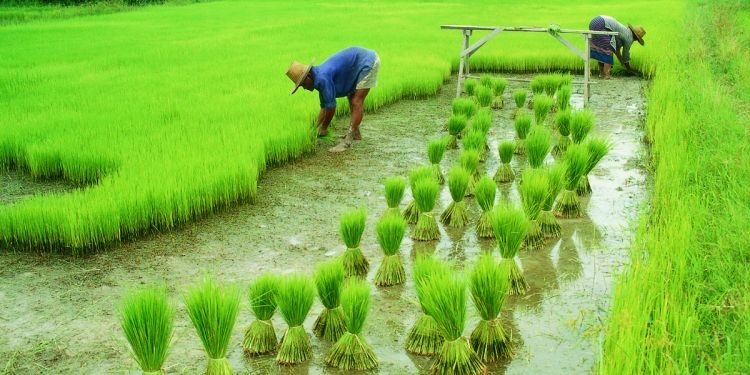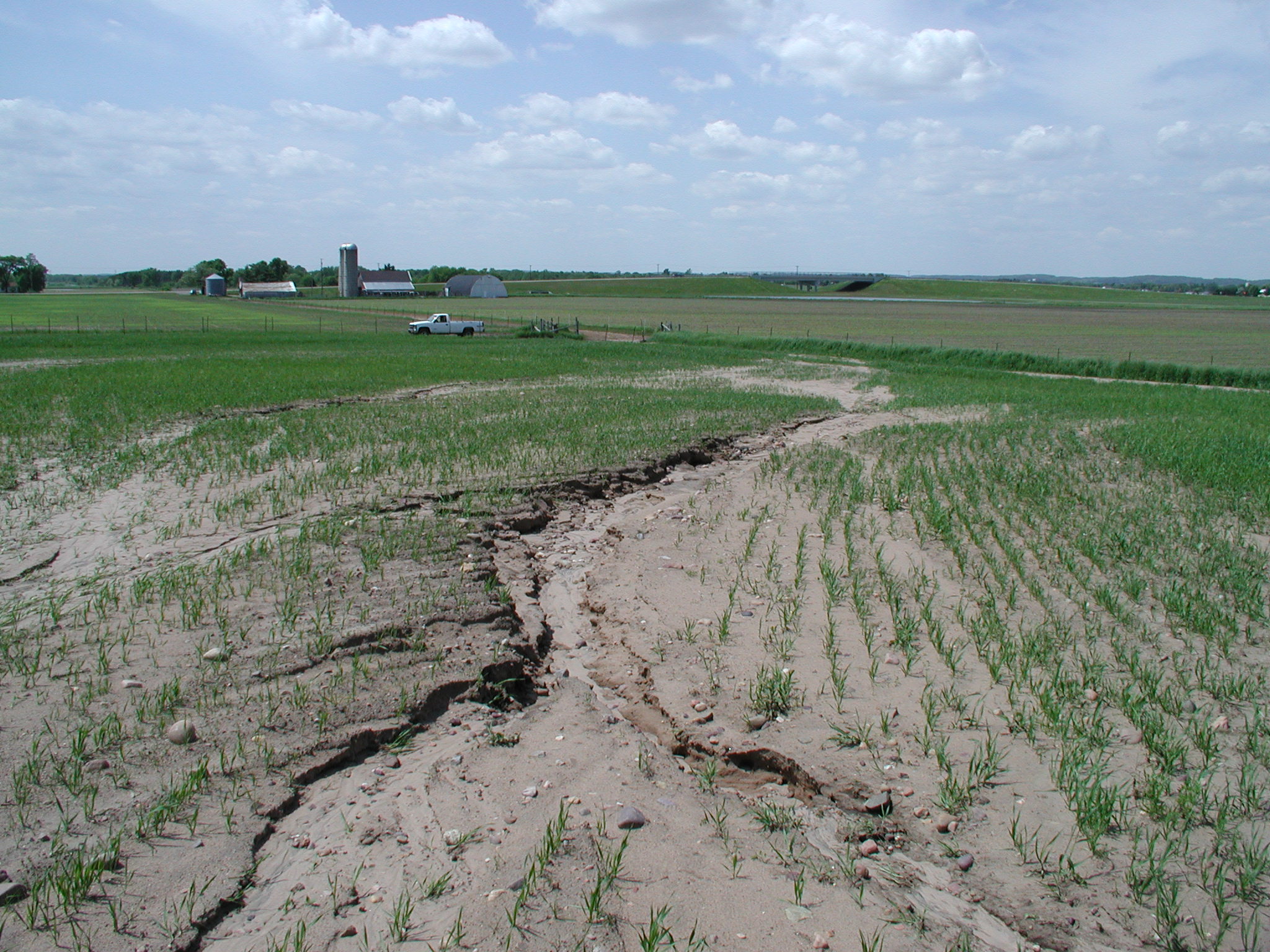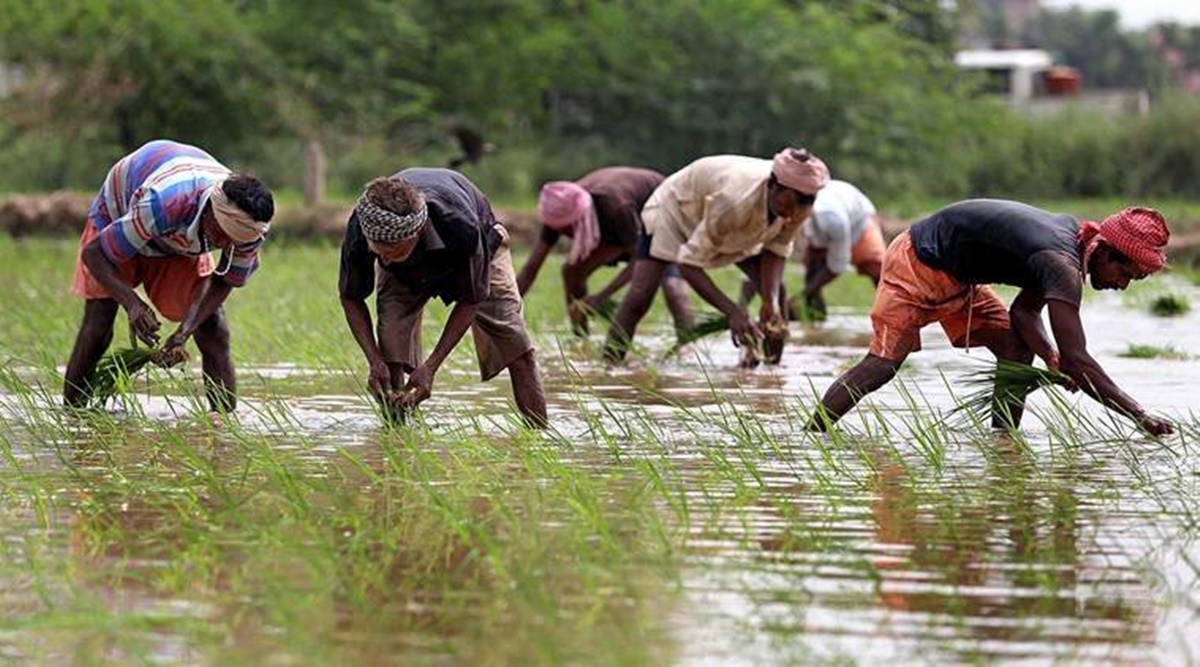Problems In Rainfed Agriculture, With Pictures Presentation
| Introduction to Problems in Rainfed Agriculture | ||
|---|---|---|
| Rainfed agriculture refers to the practice of cultivating crops in areas that rely solely on rainfall for irrigation. While rainfed agriculture is a common practice worldwide, it comes with its own set of challenges and problems. This presentation will highlight some of the key problems faced in rainfed agriculture. | ||
| 1 | ||
| Water Scarcity | ||
|---|---|---|
| One of the major challenges in rainfed agriculture is water scarcity. In areas with irregular or insufficient rainfall, crops suffer from drought stress, leading to reduced yields. Water scarcity also affects livestock and can lead to a shortage of drinking water and fodder for animals. | ||
| 2 | ||
| Soil Erosion | ||
|---|---|---|
| Rainfed agriculture is highly susceptible to soil erosion. When heavy rains occur, the top layer of soil gets washed away, depleting essential nutrients and organic matter. Soil erosion reduces the soil's water-holding capacity and overall fertility, making it harder for crops to grow. | ||
| 3 | ||
| Unpredictable Rainfall Patterns | ||
|---|---|---|
| Rainfall patterns in rainfed agriculture areas can be unpredictable and erratic. Farmers face challenges in timing their planting and irrigation practices due to uncertain rainfall. Erratic rainfall patterns can lead to crop failures and economic losses for farmers. | ||
| 4 | ||
| Crop Vulnerability to Climate Change | ||
|---|---|---|
| Rainfed agriculture is highly vulnerable to the impacts of climate change. Extreme weather events, such as floods, droughts, and heatwaves, are becoming more frequent. These events can damage crops, reduce yields, and disrupt the overall farming system. | ||
| 5 | ||
| Lack of Irrigation Infrastructure | ||
|---|---|---|
| Rainfed agriculture often lacks proper irrigation infrastructure. Without irrigation systems, crops solely rely on rainfall, making them vulnerable during dry spells. The absence of irrigation infrastructure limits the ability of farmers to mitigate water scarcity issues. | ||
| 6 | ||
| Limited Access to Credit and Technology | ||
|---|---|---|
| Small-scale rainfed farmers often have limited access to credit and technology. Lack of financial resources makes it difficult for farmers to invest in improved farming practices. Limited access to modern technology hampers productivity and efficiency in rainfed agriculture. | ||
| 7 | ||
| Pests and Diseases | ||
|---|---|---|
| Rainfed agriculture is susceptible to pests and diseases, which thrive in moist environments. Moisture-loving pests, such as fungi, insects, and rodents, can cause significant damage to crops. Controlling pests and diseases becomes challenging in rainfed agriculture due to limited resources. | ||
| 8 | ||
| Poverty and Food Insecurity | ||
|---|---|---|
| Problems in rainfed agriculture contribute to poverty and food insecurity in rural areas. Crop failures and reduced yields lead to income instability for farmers. Insufficient food production in rainfed agriculture areas can result in inadequate food supply for local communities. | ||
| 9 | ||
| Conclusion and Solutions | ||
|---|---|---|
| Rainfed agriculture faces numerous challenges, including water scarcity, soil erosion, unpredictable rainfall patterns, and climate change impacts. To address these problems, there is a need for improved water management, soil conservation practices, and investment in agricultural infrastructure. Supporting small-scale farmers with access to credit, technology, and knowledge transfer can also help overcome the challenges in rainfed agriculture. | ||
| 10 | ||








